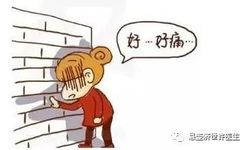1. Concept of Qi Stagnation Qi stagnation: refers to a pathological state where the flow of Qi is obstructed, leading to stagnation and blockage.
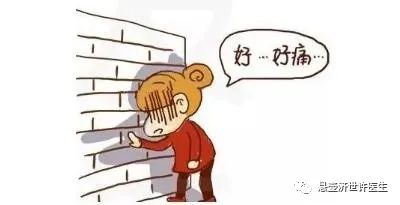
2. Causes of Qi Stagnation: 1. Qi stagnation is primarily caused by emotional distress, or by the obstruction of phlegm, dampness, food accumulation, heat, and blood stasis, which affects the flow of Qi;
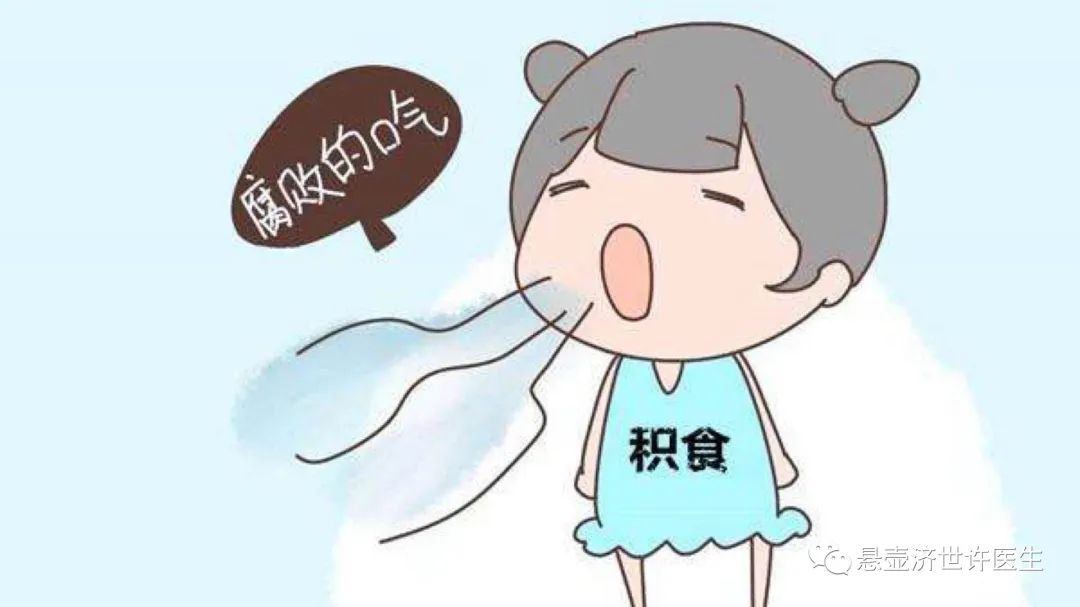
2. It can also result from dysfunction of the internal organs, such as the liver failing to disperse Qi or the large intestine failing to transport, leading to local or systemic Qi stagnation, which can cause dysfunction in certain organs and meridians.
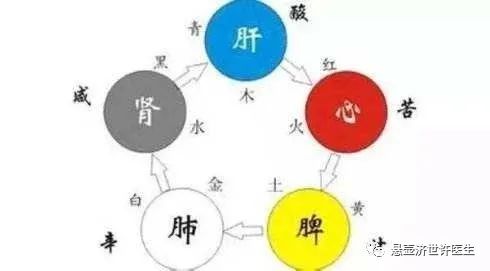
3. Qi stagnation generally belongs to the category of excess pathogenic factors, but it can also occur due to Qi deficiency leading to insufficient propulsion. 3. Pathological Manifestations of Qi Stagnation: The pathological manifestations of Qi stagnation can be observed in several aspects:1. Qi stagnation in a specific meridian or local area can lead to corresponding symptoms of fullness and pain in that area.
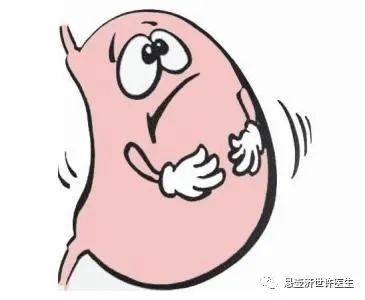
2. Qi stagnation can impede blood circulation and the distribution of body fluids, thus severe Qi stagnation can lead to blood stasis and fluid retention, resulting in pathological products such as blood stasis and phlegm-dampness.

4. Treatment of Qi Stagnation (Syndrome)1. Main symptoms: Fullness and pain are predominant. 2. Accompanying symptoms: (1) Head fullness and pain, dizziness, facial heat, pain in the brow ridge, and mental depression.

(2) Fullness and pain in the stomach and abdomen, often radiating to both sides, with pain alleviated by pressure, frequent belching, or noisy vomiting of sour fluid, or hernia, or abdominal fullness with a hollow feeling; or constipation with a feeling of incomplete evacuation, or bowel sounds with diarrhea, pain alleviated after defecation, but recurring with increased irritability;

(3) Qi stagnation in the chest, causing pain that is intermittent and migratory, with pain during breathing and difficulty in bending or turning;

(4) Tightness and constricting pain in the precordial area, which may radiate to the inner side of the shoulder and arm, with difficulty in breathing;

(5) Lumbar pain and fullness, radiating to the abdomen and sides, with a sensation of Qi moving, sometimes gathering and dispersing, making it difficult to stand or walk for long; or widespread pain that is migratory;

(6) In women, abdominal fullness before or during menstruation is more pronounced than pain, or accompanied by fullness and discomfort in the chest and breasts, with menstrual flow being scanty or obstructed, or delayed menstruation; or amenorrhea.
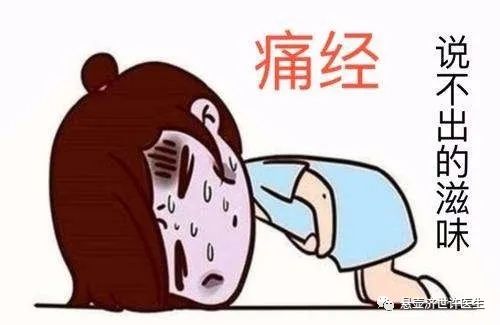
3. Tongue and Pulse: The tongue may appear normal or slightly dark, with a white or yellow coating, and the pulse may be deep, wiry, or choppy.

4. Treatment Principles: Move Qi and relieve stagnation. 5. Representative Formulas: Xiang Su San (Aromatic Soothe Powder), Si Mo Tang (Four Milled Decoction), Mu Xiang Diao Qi Yin (Aucklandia Qi Regulating Drink), Wu Yao San (Lindera Powder), Jia Wei Wu Yao San (Modified Lindera Powder), Xiao Yao San (Free and Easy Wanderer Powder).




